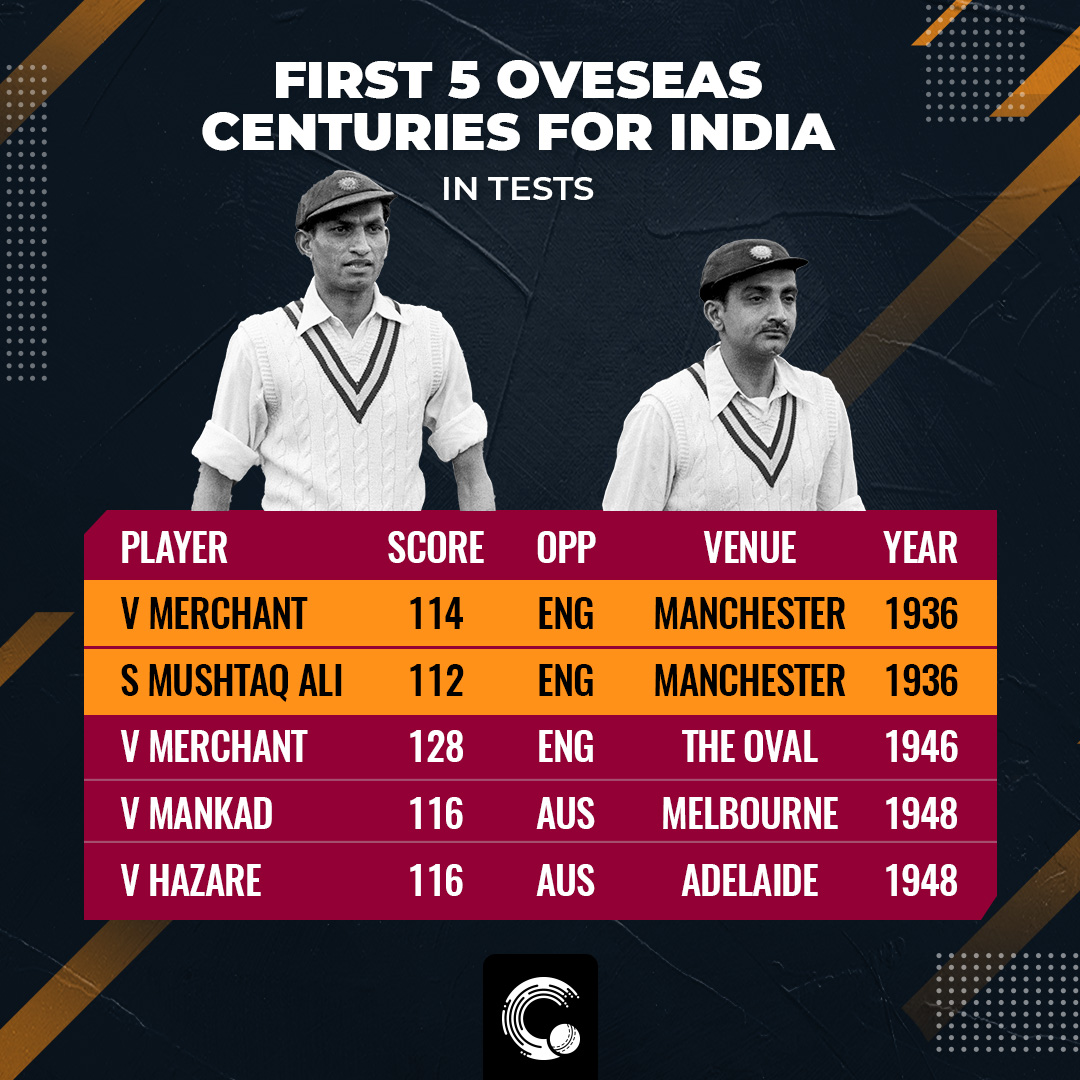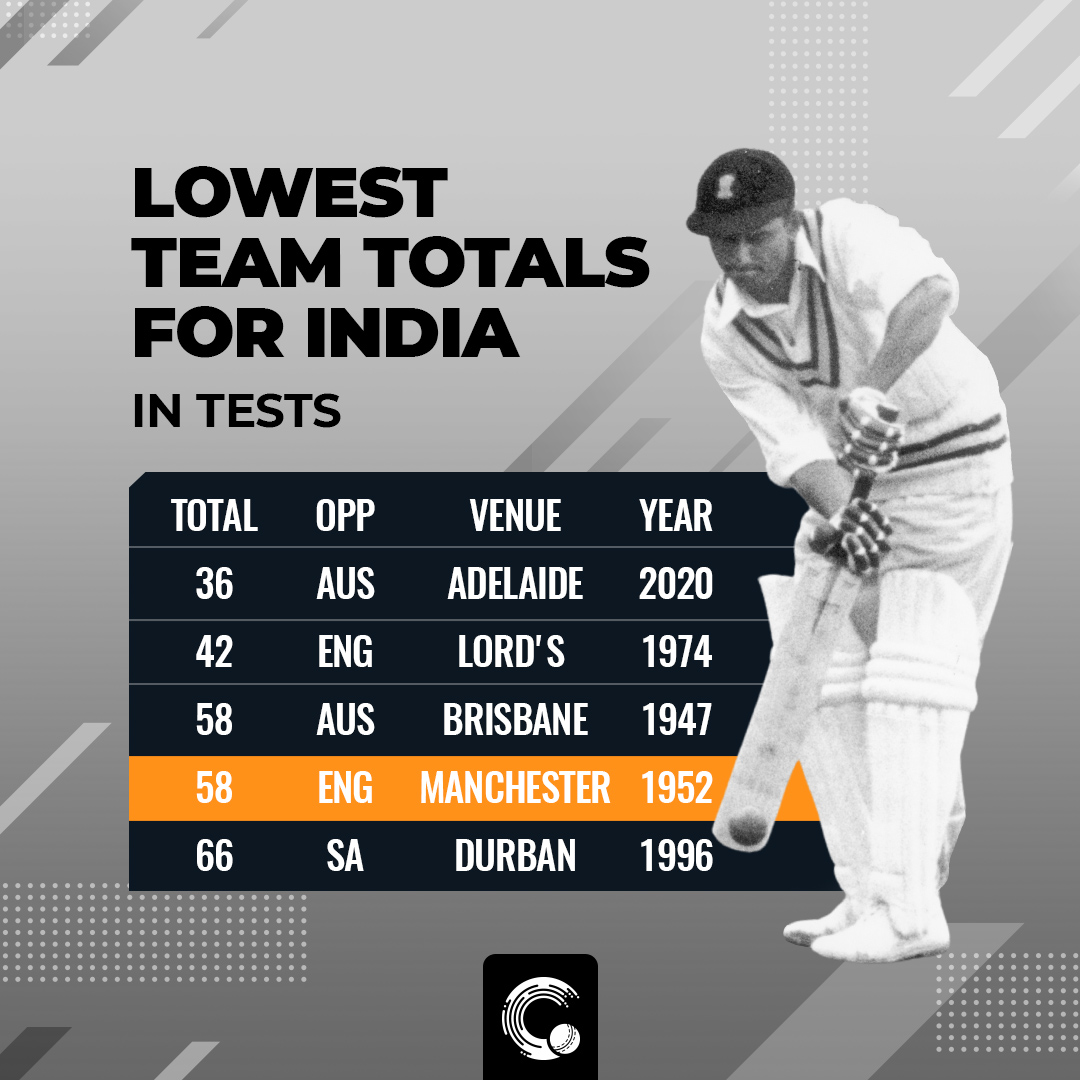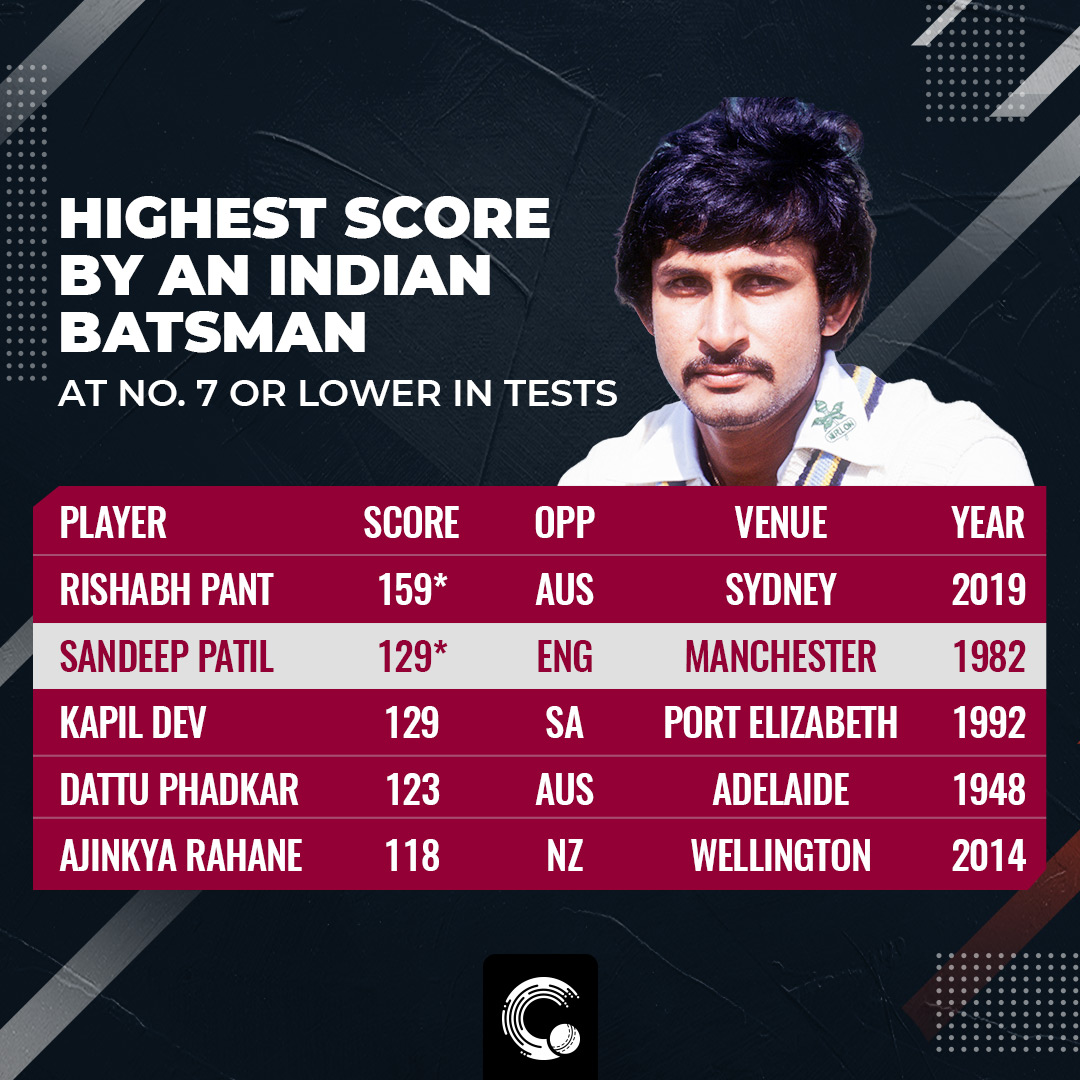 OPINION
OPINIONDespite a poor record at The Oval, India turned it around and went on to register their first-ever victory at the venue in 50 years. With their 157-run victory, India lead the five-match series 2-1 and are very close to registering their first series win in England since 2007. However, it will not be an easy task as they take on England in the fifth Test at Old Trafford, Manchester – a venue where India have never tasted a victory in their previous nine matches (L4, D5).
Nevertheless, there have been some high moments for India here and of course, not-so-high moments, since they first played at Old Trafford in 1936. Here’s a look at a few of them:
India’s first overseas ton(s) (1936)
After taking a hammering at Lord’s in the first Test of the series, the action shifted to Manchester, where the story was set to be no different after England put on 571 for 8 on the board in reply to India’s 203.
With over 350 runs behind, India needed a special performance to ensure England do not take the series. Openers Vijay Merchant and Mushtaq Ali could not have found a better time to bring up their centuries – the first two in overseas Tests for India.

Merchant and Mushtaq put on 203 for the first wicket to give India a glimmer of hope. Mushtaq was dismissed by Walter Robbins for 112. After adding 76 for the second wicket with Cotar Ramaswami, Merchant too walked back to the pavilion for 114.
First fifer(s) at Manchester (1946): Just like Merchant and Mushtaq scored India’s first two overseas tons in the same Test, medium-pacer Lala Amarnath and slow left-arm spinner Vinoo Mankad too picked up India’s first fifer in the same innings at Old Trafford in 1946.
After a 10-wicket loss at Lord’s, India put in a decent effort with the ball to restrict England to 294 with Amarnath finishing with 5 for 96, while Mankad picking up 5 for 101. However, from 124 for 0, India collapsed to 170, handing England a huge lead.
Chasing 278 in the fourth innings, India’s middle-order offered some resistance and it eventually paid off as India narrowly escaped a loss, finishing at 152 for 9.
Lowest Test score (1952): India’s 36 all out against Australia in Adelaide last year is their lowest score in the format. However, India suffered a new low in 1952 in Manchester, when they equaled their lowest Test score of 58. Only Vijay Hazare (16) and Vijay Manjrekar (22) managed to get into double figures in that innings.

India went into the match having lost the first Test in Leeds by seven wickets and followed that up with a bigger loss – an eight-wicket defeat at Lord’s. However, things got a lot worse in Manchester where after being bowled out for 58 in the first innings, India could manage just 82 in the second to succumb to a massive innings and 207 runs defeat.
This is the fourth biggest margin of defeat for India against England.
Patil to the rescue (1982): As someone who has batted in the top five for most of his Test career, Sandeep Patil came in to bat at No. 7 for India in this match with his side in a spot of bother at 136 for 5. 37 runs later, Syed Kirmani was dismissed for a well-made 58. However, Patil absorbed the pressure and later on played some flamboyant shots further taking cue from Kapil Dev, who was playing an aggressive innings.
Kapil was dismissed for 65 off 55 but managed to put on 96 for the seventh wicket and then luckily for India, Madan Lal too hung around and played a huge part in helping Patil get to his ton – his second in Tests. With Day Five of the match washed out, Patil remained unbeaten on 129.
 This was then the highest score by an Indian batsman batting at No. 7 or lower. Rishabh Pant recently broke the record with a magnificent 159 against Australia in Sydney in 2019.
This was then the highest score by an Indian batsman batting at No. 7 or lower. Rishabh Pant recently broke the record with a magnificent 159 against Australia in Sydney in 2019.
Tendulkar’s maiden ton (1990): Playing his ninth Test, Sachin Tendulkar had scored just three fifties till then. He had the highest score of 88. After a failure in the first Test in Leeds, India put in a much more spirited performance in the second Test in Manchester, scoring 432 in their first innings in reply to England’s 519. Mohammad Azharuddin continued his love affair against England, notching up 179, but a 17-year-old Tendulkar managed 68.
Set 408 to win, and almost an entire day to bat out, it looked like England will walk away with the match after they reduced India to 183 for 6. With the big guns back in the pavilion, Tendulkar stood tall, notching up his maiden international century and along with Manoj Prabhakar (67*) put on an unbeaten 160-run stand for the seventh wicket to save the game for India.
Tendulkar would go on to score 50 more tons in Tests, which still remains a world record. This match also saw India’s highest wicket-taker Anil Kumble make his Test debut. Three of his 619 Test wickets for India came in that match.